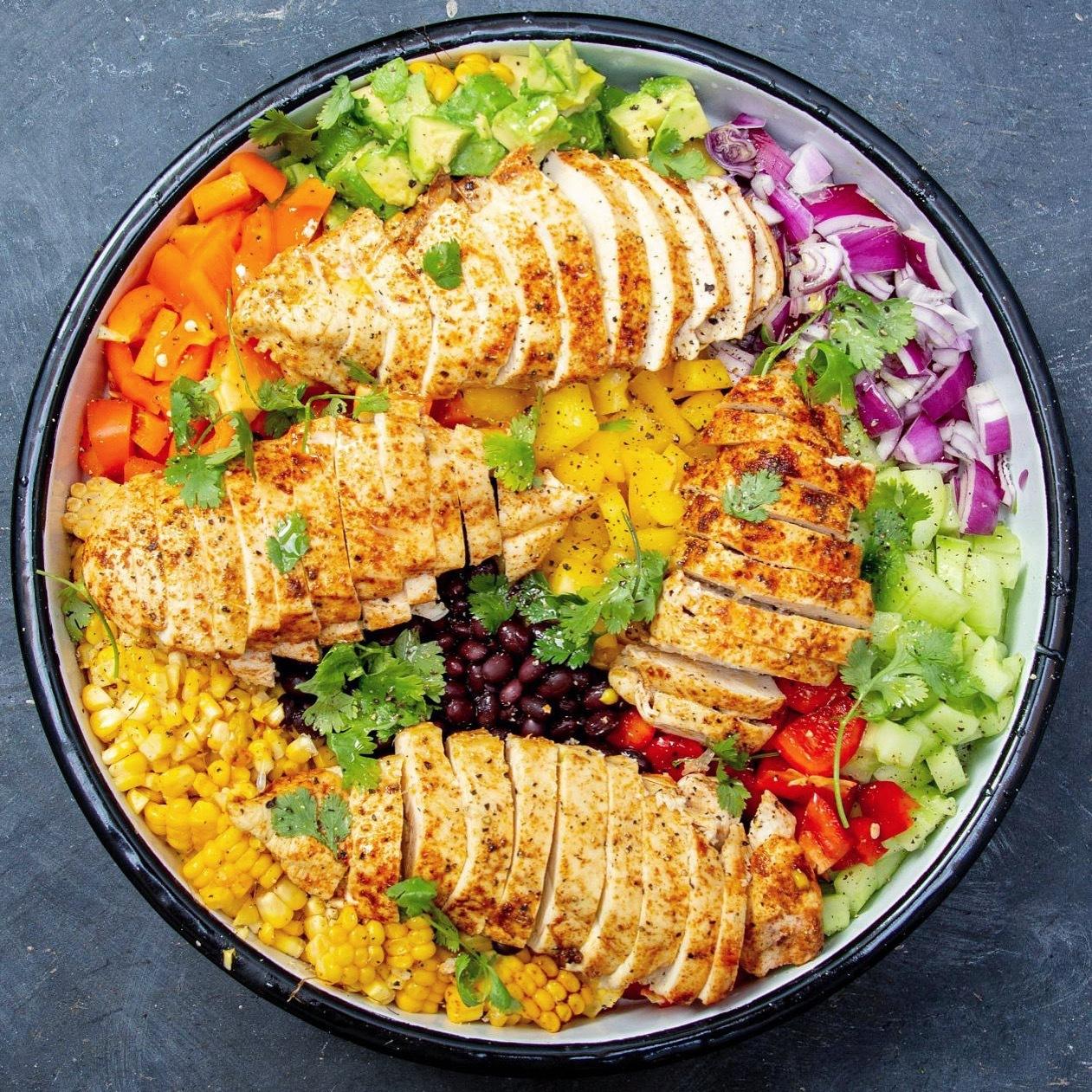Teeny-tiny, chopped vegetables dressed in lemon juice, olive oil and cracked black pepper, finished with homemade, bite-sized ciabatta croutons and drizzled with a tablespoon of balsamic vinegar. Carrot cubes teamed with diced apple, pomegranate seeds, bulgur wheat and fresh mint leaves. Baby cucumber batons paired with shredded gem lettuce, eensy-weensy tomato slices, edamame beans and avocado pieces. I could go on reciting the types of salads formulated of mostly microscopic cuttings of our favourite salad ingredients. It’s a thing. We love anything remotely miniature. But, why are we so obsessed, and how on earth does a TikTok account dedicated to making salads have 2.6million followers? Here’s my take.
It started around 3 years ago, where — for the most part — we spent the majority of the spare time we were suddenly burdened with, scrolling mindlessly through social channels like Instagram, TikTok and Twitter, senselessly waiting for something to stop us and instinctively satisfy our need for 30 seconds of amusement. Behold, a parade of puny salad bowls made by (at the time) pretty uninfluential influencers, shot through close-up, overhead camera work with a distinct focus on catching the creator's endeavour to chop as finely as possible. Moments later, and we watched rerun after rerun of the same Mediterranean-esque salad appear on our explore pages. To this day, we’re still seeing major publications bring out their own takes. And, believe it or not, a good percentage of us are still just as obsessed. So, I did some digging.
According to Jeff Gordinier, Food & Drink Writer for Esquire, “Chopping intensifies the pleasure of a salad.” (Bloomberg, “Salad Leaders Weigh In on Chopped Versus Not-Chopped Controversy”). “No unwieldy fronds of greens flicking vinegar into your face. A knife converts salad into subway food” he tells Bloomberg. And he’s quite right. For many of us, a salad is our go-to office lunch, or preferable meal type for when we need to grab-and-go. Which means every biteful needs a well-distributed, neat parcel of ingredients. The solution? Dicing everything as evenly as possible, into tinsy-winsy pieces.
